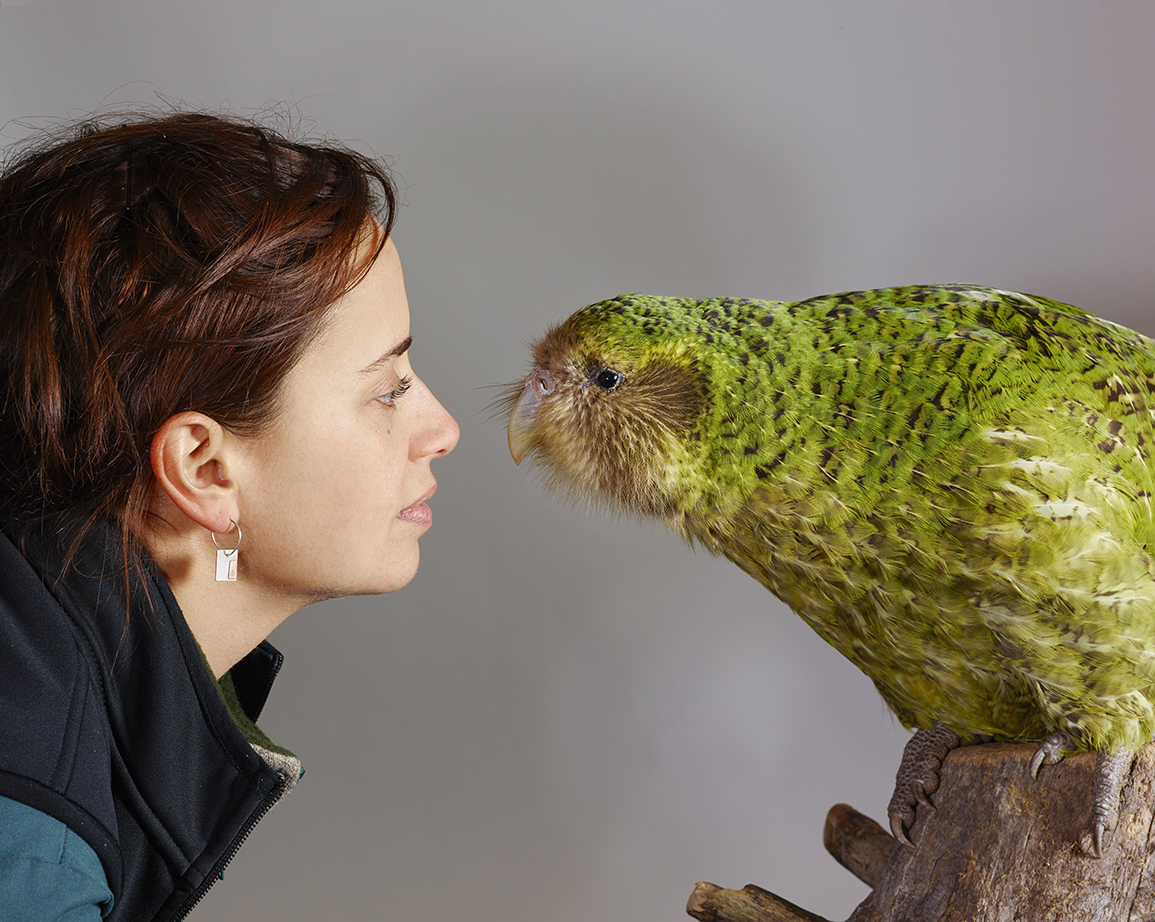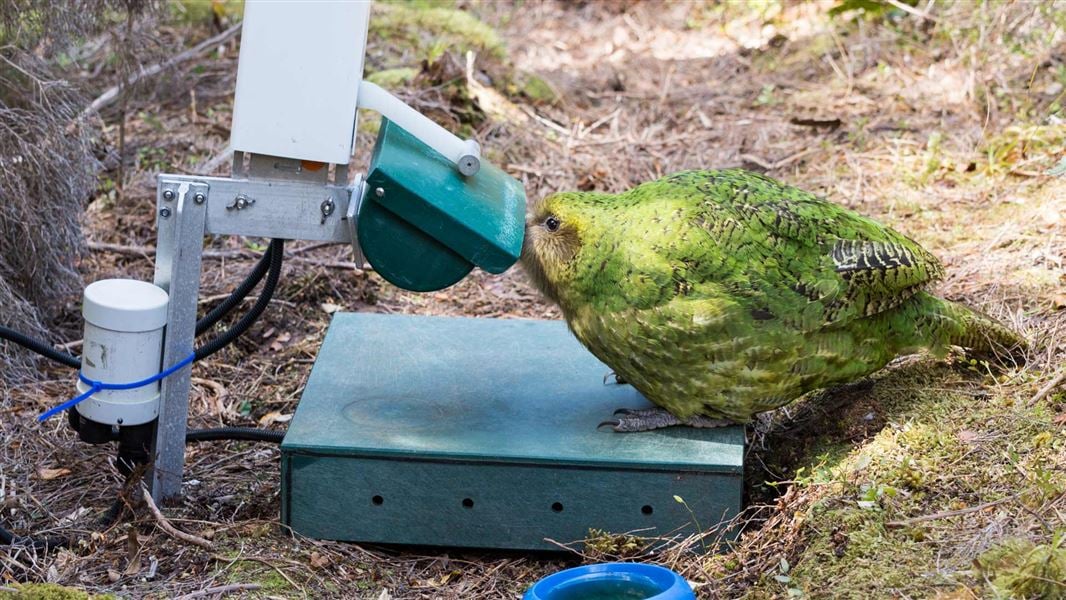
The kākāpō, a critically endangered nocturnal parrot native to New Zealand, has captured the hearts of conservationists worldwide. With fewer than 200 individuals remaining, every aspect of their development is crucial for the species’ survival. Early learning experiences play a significant role in shaping the behavior, health, and adaptability of kākāpō, making them a focal point in conservation efforts. This article explores how early learning experiences impact kākāpō and the innovative strategies employed to enhance their chances of survival.
Understanding Early Learning in Kākāpō
Early learning experiences encompass all the interactions and stimuli a young kākāpō encounters from hatching through its juvenile stages. These experiences are critical in developing essential survival skills, social behaviors, and physical health. For kākāpō, early learning can influence foraging techniques, predator avoidance, social interactions, and adaptation to changing environments.
In the wild, young kākāpō learn primarily through observing and mimicking adult behaviors. However, with the species’ population so low, opportunities for natural learning are limited. This constraint has led to innovative approaches in conservation to ensure that young kākāpō receive the necessary stimuli and guidance to thrive.
The Role of Conservation Programs
Conservation programs for kākāpō, such as those led by the Kākāpō Recovery Programme in New Zealand, have implemented several strategies to replicate and enhance natural learning experiences. These programs involve close monitoring and intervention to ensure optimal development conditions for the chicks.
One of the key strategies is supplementary feeding, which not only ensures that the chicks receive adequate nutrition but also introduces them to a variety of foods they would encounter in the wild. This method helps young kākāpō develop foraging skills and dietary preferences that are crucial for their survival once they are independent.
Another important aspect is socialization. Conservationists use controlled environments to facilitate interactions between young kākāpō and adult mentors. These interactions are carefully monitored to prevent stress and ensure positive learning experiences. Social learning is vital for developing proper communication skills and social behaviors, which are essential for successful mating and integration into the wild population.
Use of Technology in Early Learning
Technological advancements have significantly enhanced the ability to provide effective early learning experiences for kākāpō. Remote monitoring systems, such as nest cameras and GPS tracking, allow conservationists to observe and analyze the behavior and development of young kākāpō without direct interference. This non-invasive approach provides valuable data on how chicks interact with their environment and respond to various stimuli.
Virtual reality (VR) and augmented reality (AR) tools are also being explored as innovative ways to simulate natural environments and introduce young kākāpō to potential threats and survival scenarios. These technologies can create immersive experiences that prepare chicks for the challenges they will face in the wild, enhancing their adaptability and resilience.
Challenges and Future Directions
Despite the successes of current conservation efforts, there are significant challenges in providing optimal early learning experiences for kākāpō. The limited genetic diversity of the population poses a risk to the species’ long-term survival, as it can lead to health problems and reduced adaptability. Conservationists are exploring genetic management techniques, such as gene editing and selective breeding, to address these issues.
Additionally, habitat destruction and climate change continue to threaten the natural environments where kākāpō live. Conservation programs are focusing on habitat restoration and protection to ensure that there are safe, sustainable environments for the kākāpō to thrive.
Moving forward, increased collaboration between conservation organizations, researchers, and technology developers will be essential to innovate and improve early learning strategies for kākāpō. Public awareness and support are also crucial for securing the resources needed to sustain these efforts.
Conclusion
The impact of early learning experiences on kākāpō is profound, influencing their behavior, health, and adaptability. Through dedicated conservation programs and the use of advanced technologies, efforts are being made to replicate and enhance these critical learning experiences to ensure the species’ survival. With continued innovation and support, there is hope for a thriving future for these remarkable birds.

What is the conservation status of kākāpō?
The kākāpō is classified as Critically Endangered. This status is due to a combination of factors, including habitat loss, predation by introduced species, and their low reproductive rate.
Can kākāpō be saved?
Yes, kākāpō can be saved through ongoing conservation efforts. Intensive management programs, such as habitat protection, predator control, and breeding initiatives, have shown positive results. The kākāpō recovery program in New Zealand has been crucial in increasing their population.
How many kākāpō are left in the world?
As of the latest estimates, there are about 200 kākāpō left in the world. This number is subject to change as conservation efforts continue and new chicks are born.
What are 3 adaptations of a kākāpō?
- Nocturnal Behavior: Kākāpō are primarily active at night, which helps them avoid predators.
- Flightlessness: While they have wings, kākāpō are flightless and have adapted to a terrestrial lifestyle. Their strong legs enable them to climb trees and navigate the forest floor.
- Camouflage: Their green and brown plumage blends in with the forest environment, providing excellent camouflage from predators.
